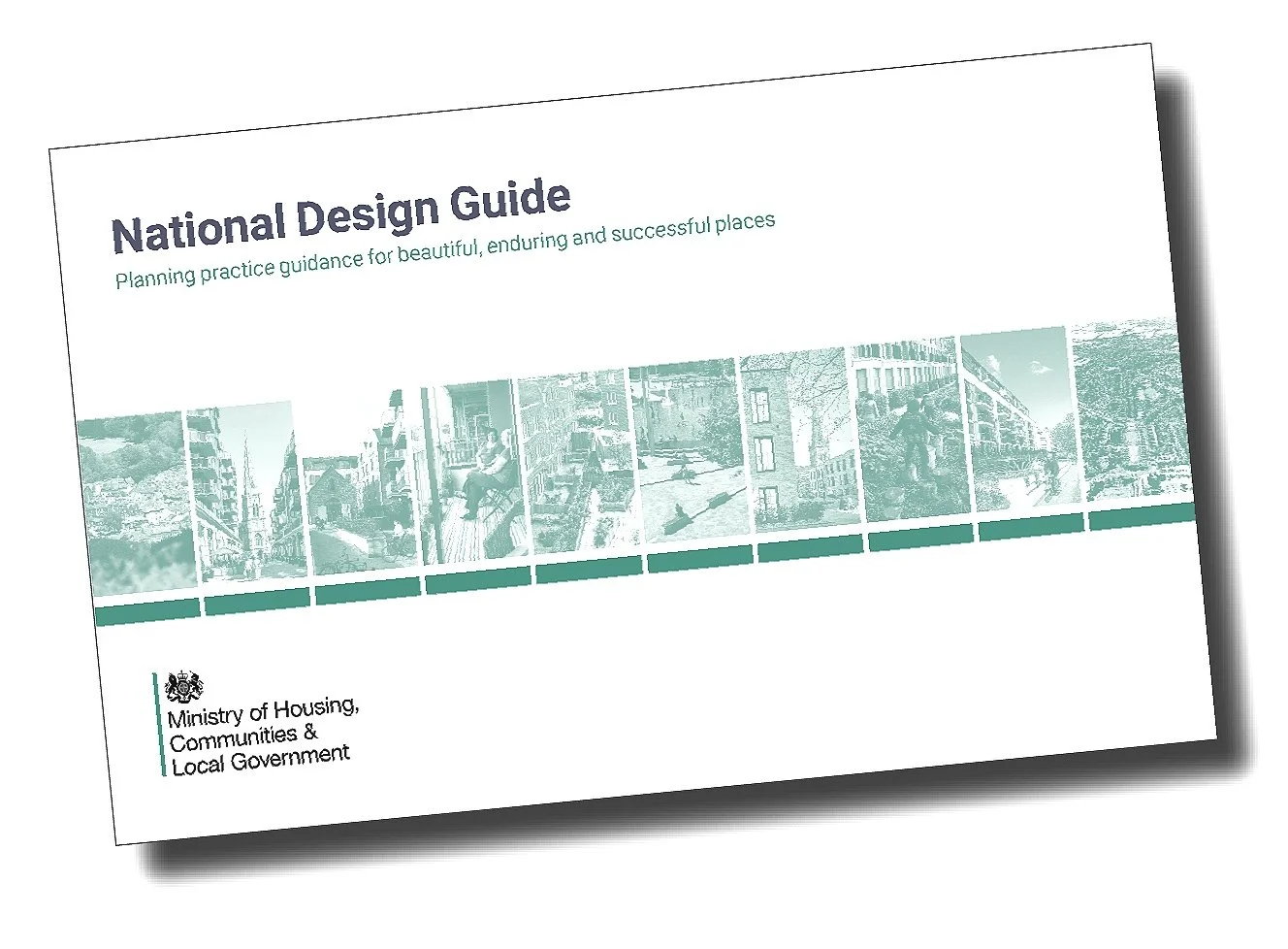Will housing delivery be solved by increasing density?
The housing crisis requires us to deliver more houses fast. Will increasing density, as proposed by the government, speed up delivery?
Beaulieu - An urban extension to Chelmsford City with a variety of character areas and densities
The Government propose to remove the paragraph below from the NPPF:
Significant uplifts in average density of residential development, occurring as a result of minimum density standards, may be inappropriate if the resulting built form would be wholly out of character with the existing area.
Allowing significant uplifts in residential density will not solve the housing crisis. However, getting the numbers right in the allocation of residential sites will certainly help. It is more important than ever that the relationship between housing mix and density is understood and that the density of proposed developments are appropriate for their locations.
How can planning committees make decisions when they must judge design quality against conflicting criteria?
The National Design Guide (NDG) describes well designed places as ‘those places that are based on a sound understanding of the features of the site and the surrounding context, using baseline studies as a starting point for design’. They should be ‘integrated into their surroundings so they relate well to them, are influenced by and influence their context positively and are responsive to local history, culture and heritage’.
The National Design Guide States:
All local design policies, design guides and codes will need to set out a baseline understanding of the local context and an analysis of local character and identity.
Density and Mix - the complicated relationship
Housing numbers allocated for residential sites in local plans seem to always be higher than the true capacity of those sites and rarely appear to relate to the actual housing need. This is due to a number of reasons, the most common being that at the allocation stage sites are measured as a gross areas with “rough“ densities applied in order to establish dwelling numbers. This means that the true capacity of the site is exaggerated.
Once the true capacity of a site is established, through design, and is found to be far lower than the numbers allocated, everyone is disappointed. This leads to delay, frustration and confusion during the design and planning process as stakeholders don’t have their expectations met. These stakeholders include landowners, developers, local authorities and existing communities.
High density developments means different things to different people. Currently the minimum density of 30 dwellings per hectare is a minimum in most counties (to make best use of land). Developments over 30 dwellings per hectare (dph) will need to include three storey flats in the housing mix. For many rural communities and planning committees flats are considered to be inappropriate within their traditional town or village context and would not support design proposals with a high percentage of flats - anything over 30 dph.
Hopefully the implications of the proposed change to the NPPF in terms of uplift in density is properly understood otherwise consent for residential planning applications will become harder to achieve the consequence of which will inevitably slow down the process of delivering homes.
Solution
The good news is that we can get the density and mix right at the allocation stage. When sites are submitted to local authorities during the ‘Call for Sites’ process the site constraints and proposed number of dwellings and mix should be scrutinised very carefully and fully understood by the local authority. This is something we can help with.
Using the tools and guidance in Manual of Housing Density, it is very quick to work out the maximum capacity of a site and to work out what density a particular mix would generate.



